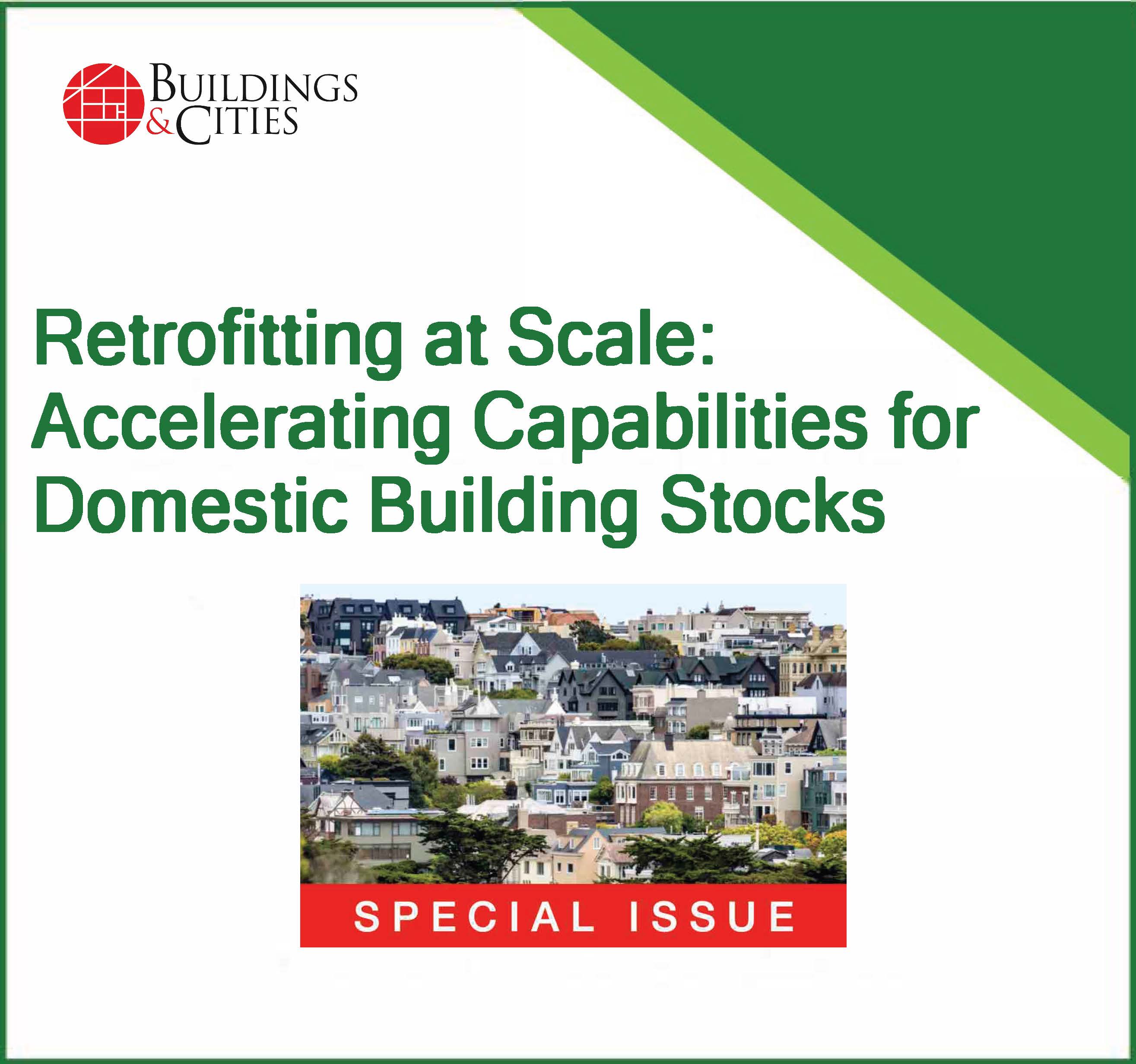
What are the capabilities and capacities for delivering retrofit at scale?
The built environment faces an unprecedented challenge to rapidly decarbonise and reduce energy demand in the existing building stock. However, the rate of retrofitting remains slow. This special issue explores the capabilities and capacities needed to deliver deep energy retrofit at scale. Looking across different scales – national, municipal, neighbourhood and individual sites — this special issue provides insights to shape policies, organisational structures and delivery strategies for different scales, building types and supply chain actors.
Guest editors: Faye Wade & Henk Visscher
New insights from research describe how the capabilities of building practitioners develop, how heritage building occupants manage energy, and how local authorities can help to coordinate retrofitting at scale. Papers in this issue have also provided new tools and techniques of value to researchers and practitioners alike. In particular, the issue includes: a typology of public sector energy service models; useful recommendations for developing RdSAP; and a new framework for moisture risk management in heritage buildings.
Key lessons and recommendations for government and industry stakeholders arising from this special issue include (but are not limited to):
- Definitions of retrofit need to be more broadly framed to incorporate a vareity of measures.
- Quality data and metrics for planning and evaluating retrofits are needed to ensure that performance outcomes match predictions.
- Tools, techniques and building energy models are needed to plan and evaluate area-based retrofitting at scale.
- New business models, contracts and financing are needed; these include performance guarantees.
- A wider range of public sector and non-profit actors are needed to deliver retrofitting at scale. This will include: local authorities, social landlords and local citizen groups
- Government-backed consumer protection is necessary: to provide clarity, oversight and reduce consumer risk.
- Existing supply chains require additional support. Vocational and professional education and training needs to be fit for purpose in delivering energy retrofitting, including high-quality programmes and financial support to encourage existing workers to retrain.



